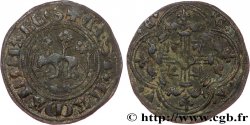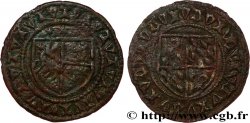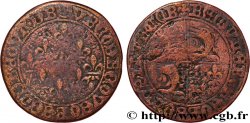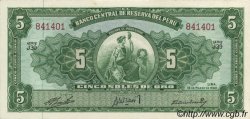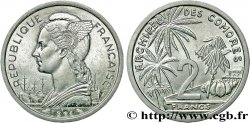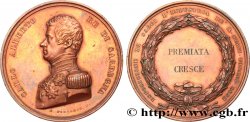fjt_089567 - ROUYER - VIII.JETONS CLASSÉS PAR TYPES Jeton de compte dit “à l’Homme sauvage” n.d.
Nicht verfügbar.
Artikel auf unserem Online-Shop verkauft (2011)
Preis : 65.00 €
Artikel auf unserem Online-Shop verkauft (2011)
Preis : 65.00 €
Type : Jeton de compte dit “à l’Homme sauvage”
Datum: n.d.
Metall : Bronze
Durchmesser : 24,50 mm
Stempelstellung : 10 h.
Gewicht : 1,54 g.
Kommentare zum Erhaltungszustand:
Très bel exemplaire sur un flan irrégulier
N° im Nachschlagewerk :
Vorderseite
Beschreibung Vorderseite Personnage nu, de face, velu et barbu, appuyant la main gauche sur un écu à trois fleurs de lis et tenant une épée de la main droite ; deux arcades d’un édicule gothique de part et d’autre du personnage.
Rückseite
Titulatur der Rückseite (À 9 HEURES) + AVE MARIA GRA///.
Beschreibung Rückseite Croix arquée et fleurdelisée, centrée d’une fleur de lis.
Kommentare
Le personnage populaire et mythologique de l’homme sauvage parfois fils de l’ours, doté de pouvoirs liés aux forces de la nature, au retour du printemps, est revendiqué comme ancêtre mythique par les grandes familles, dont la famille royale de France (comme les Lusignan se recommandent de la fée serpent Mélusine). Cette mythologie populaire a été exportée, comme pour le sarrasin, par les graveurs de Tournai.
The popular and mythological character of the wild man, sometimes the son of the bear, endowed with powers linked to the forces of nature, at the return of spring, is claimed as a mythical ancestor by the great families, including the royal family of France (as the Lusignans are recommended by the serpent fairy Mélusine). This popular mythology was exported, as for buckwheat, by the engravers of Tournai
The popular and mythological character of the wild man, sometimes the son of the bear, endowed with powers linked to the forces of nature, at the return of spring, is claimed as a mythical ancestor by the great families, including the royal family of France (as the Lusignans are recommended by the serpent fairy Mélusine). This popular mythology was exported, as for buckwheat, by the engravers of Tournai








 Berichten über einen Fehler
Berichten über einen Fehler Die Seite drucken
Die Seite drucken Teilen meiner Auswahl
Teilen meiner Auswahl Stellen Sie eine Frage
Stellen Sie eine Frage Einlieferung/Verkauf
Einlieferung/Verkauf
 Details
Details